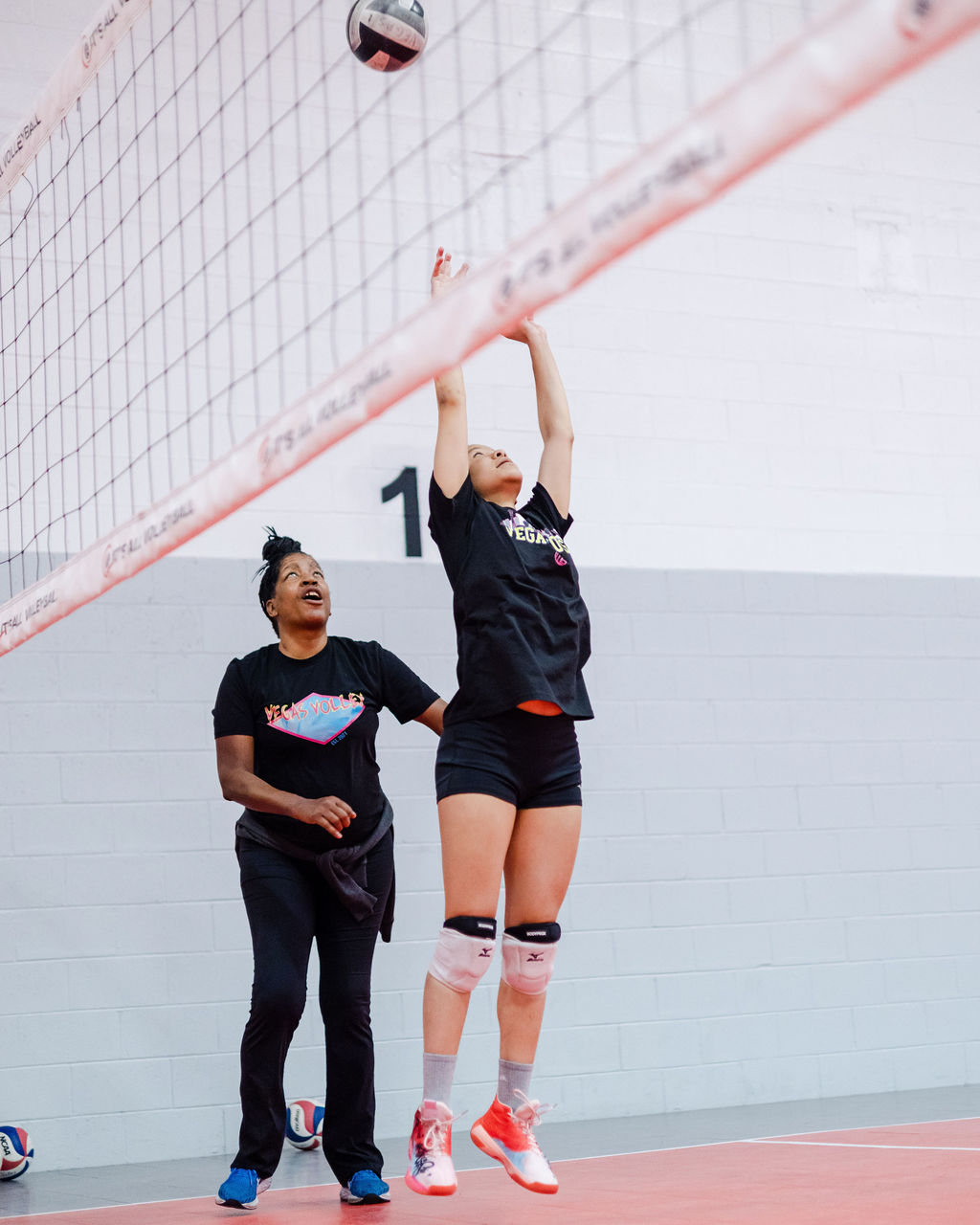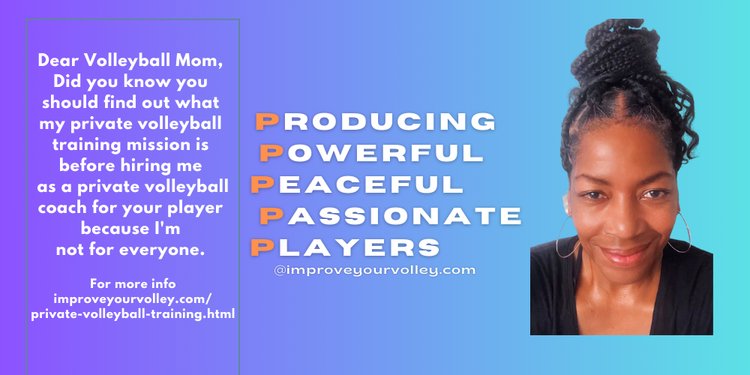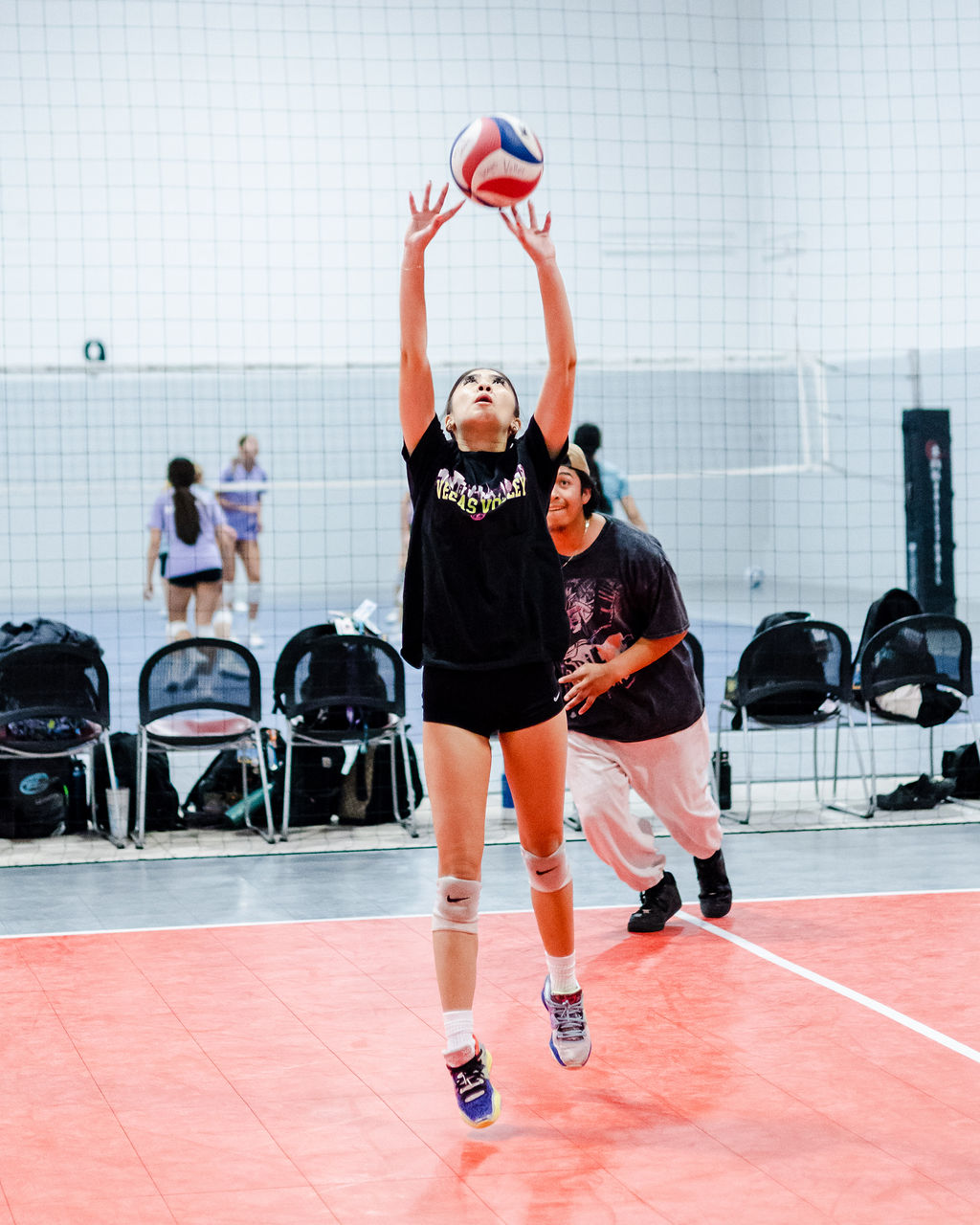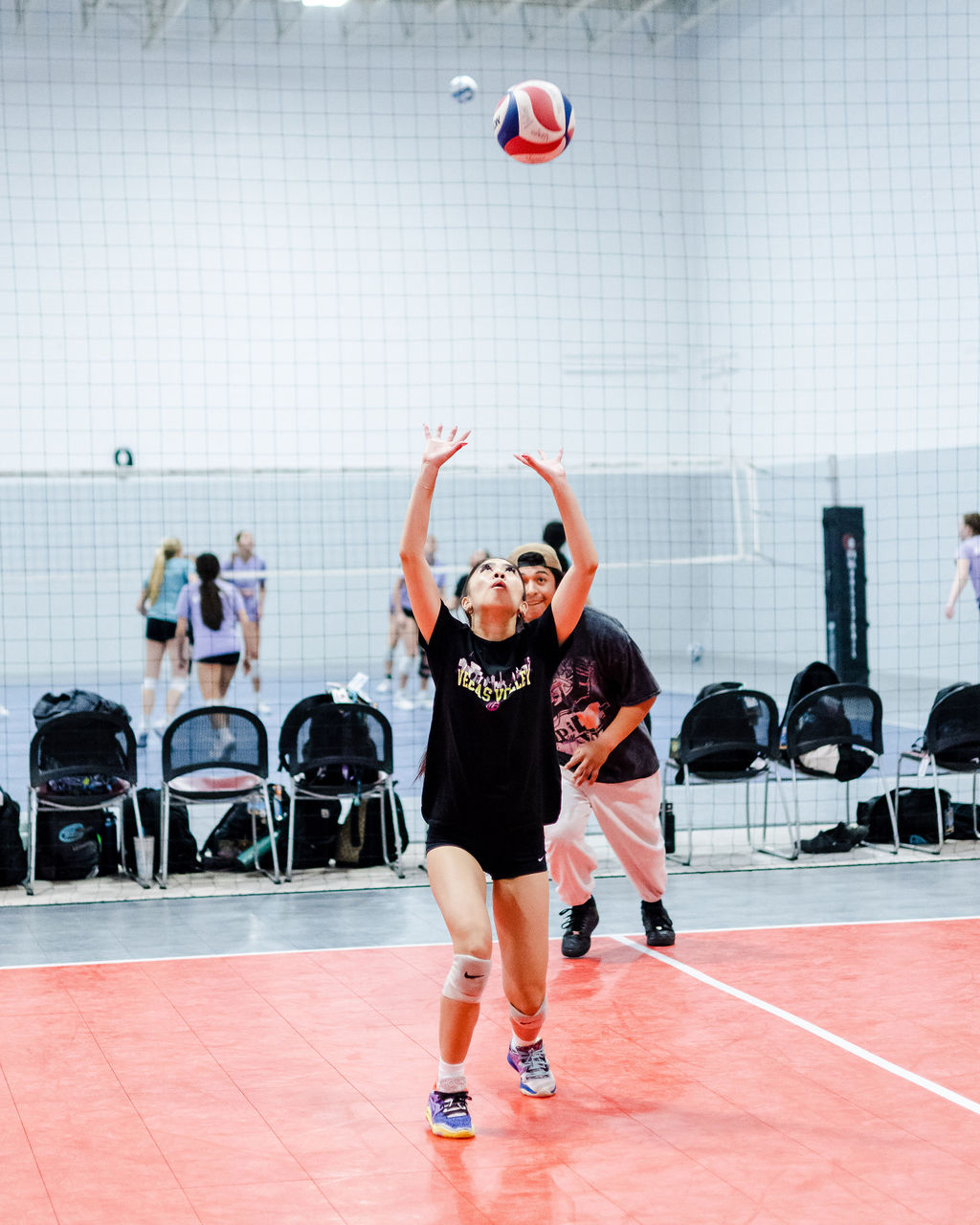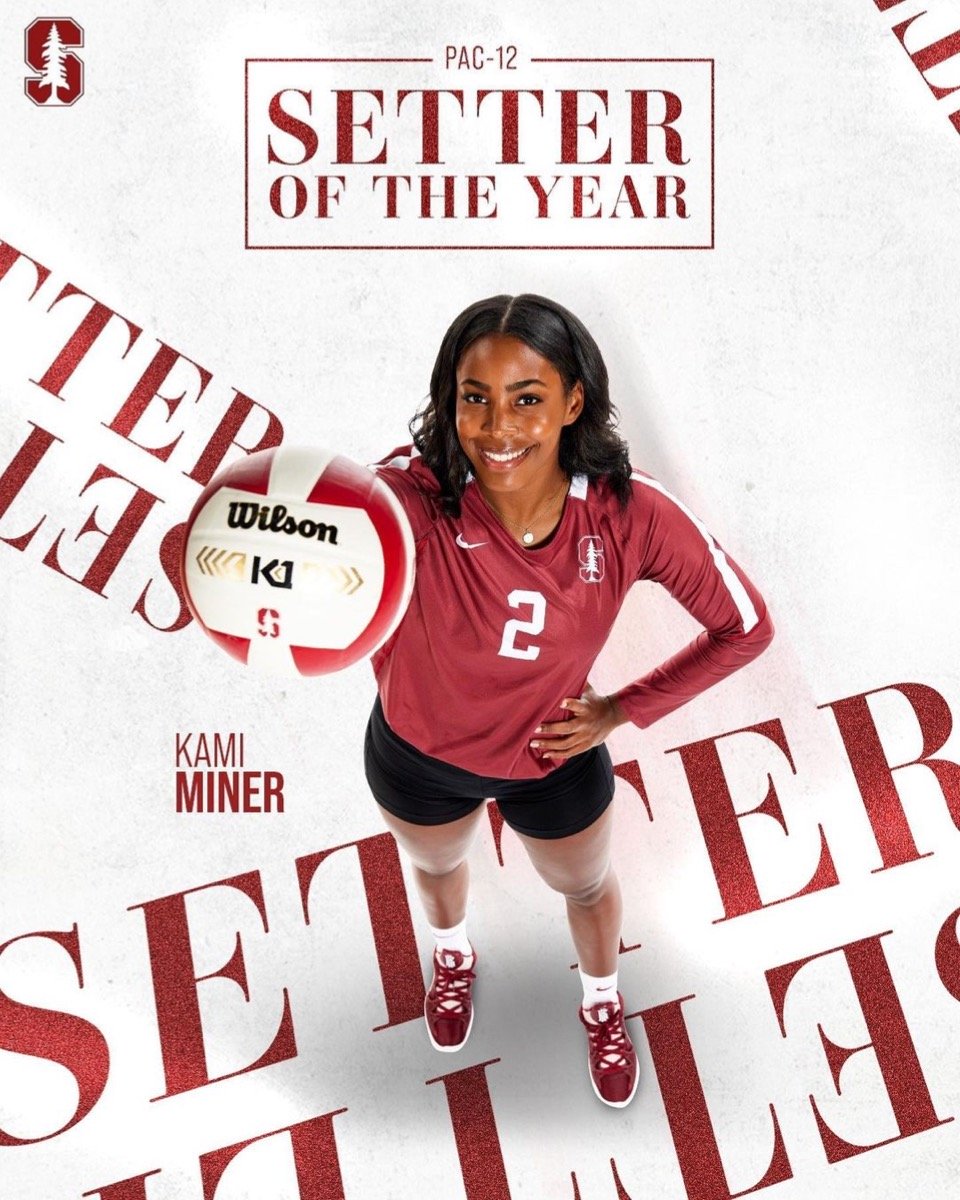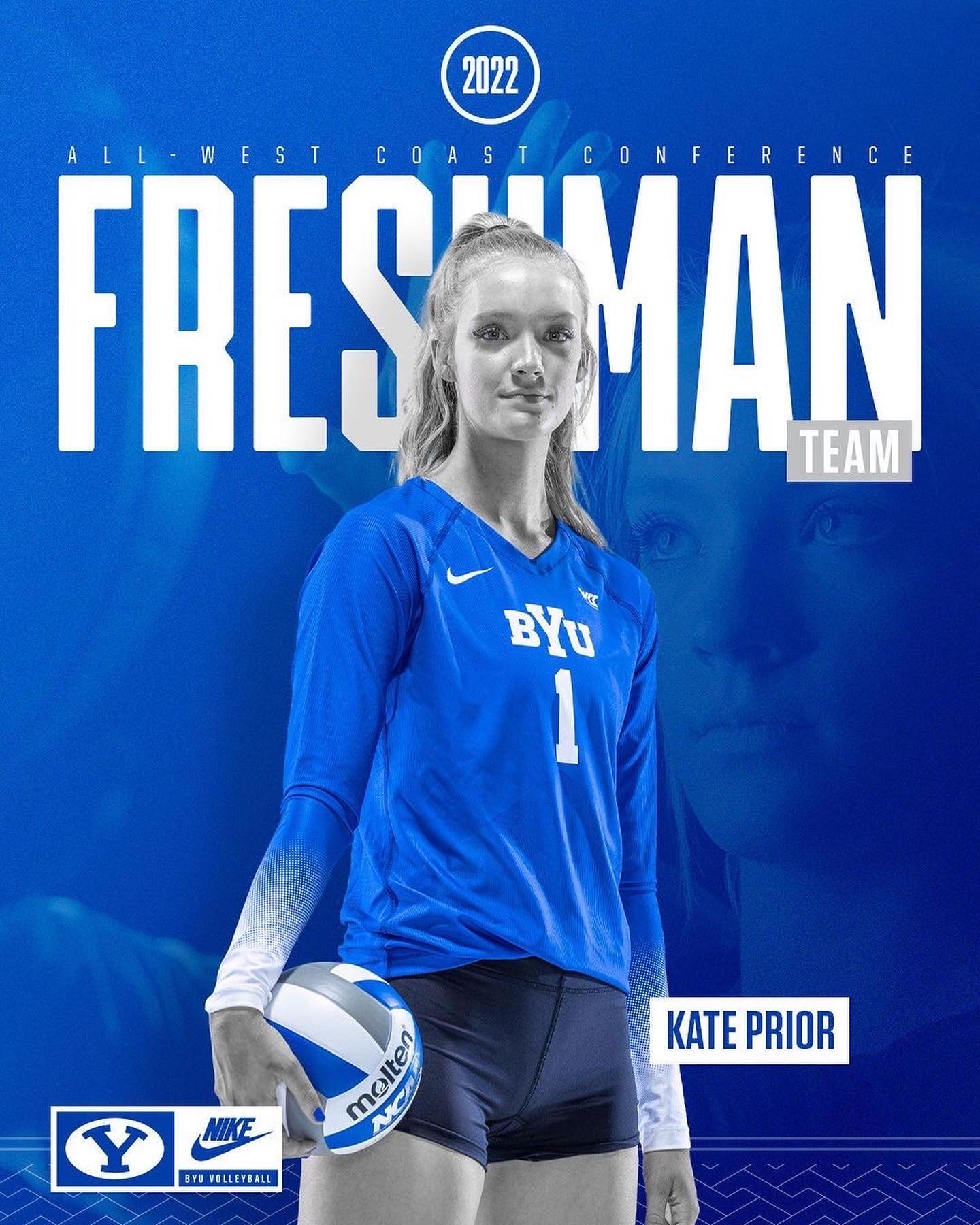- Improve Your Volleyball with Coach April
- Questions for Volleyball Players
- What Is A Volleyball Setter FAQs
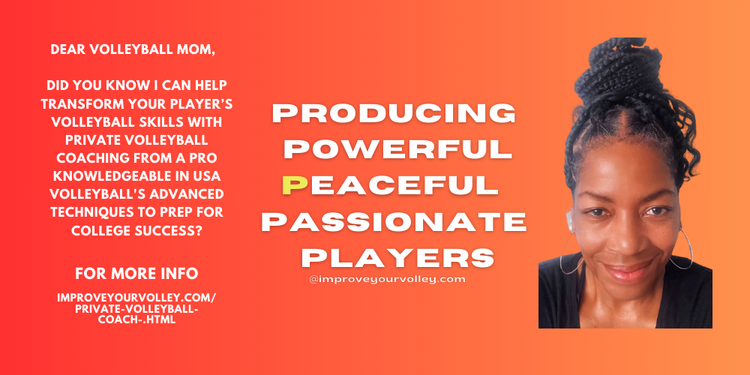 Dear Volleyball Mom,
Do You Know What Sets My Private Volleyball Training Apart From Anyone In Vegas?
I invite You to read what my private volleyball training mission says before considering hiring me as a private volleyball coach because I'm not available for everyone.
Dear Volleyball Mom,
Do You Know What Sets My Private Volleyball Training Apart From Anyone In Vegas?
I invite You to read what my private volleyball training mission says before considering hiring me as a private volleyball coach because I'm not available for everyone.What Is A Volleyball Setter? I Give Expert Answers to Common Questions
Get my expert answers about what is a volleyball setter so that you learn my positioning tips, game strategies, and solutions to common setting challenges.
Simply put, a volleyball setter is the team's offensive quarterback - they run the plays, make split-second decisions, and create scoring opportunities for their hitters. But there's much more to this position than just putting up the ball.
Whether you're new to setting or looking to improve your game, this comprehensive guide will help you understand and master the most important position on the court.
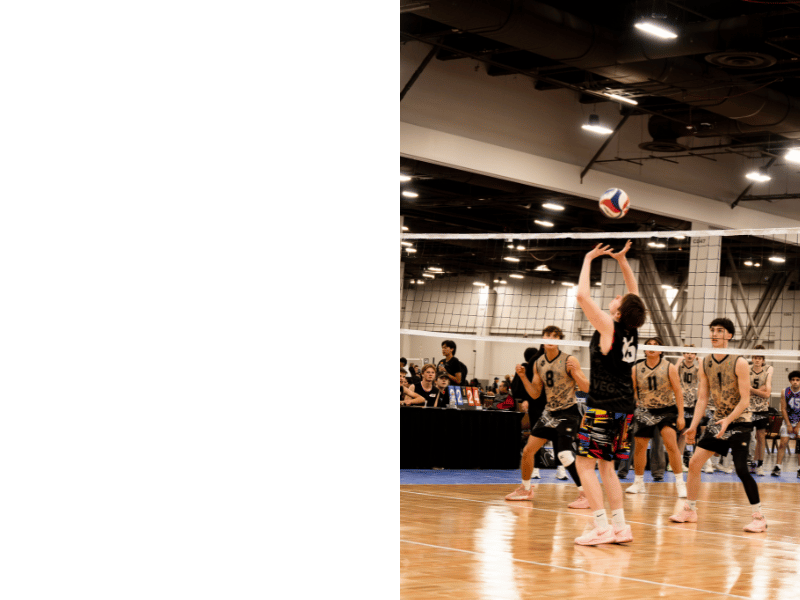 Through years of developing setters from high school to college level, I've compiled the most common questions and detailed answers to help you understand and excel in this crucial position.
Through years of developing setters from high school to college level, I've compiled the most common questions and detailed answers to help you understand and excel in this crucial position.Through years of coaching experience and developing successful setters, I'll break down:
• What makes a volleyball setter unique
• Essential setter skills and responsibilities
• Position-specific training techniques
• Real solutions to common setter challenges
SUSCRIBE
To My Email Newsletter Below!
Understanding What A
Volleyball Setter Does
If you're reading this, you probably already know that setters handle the second contact after a pass, positioning the ball for their hitters to attack.
But there's so much more to it.
A setter needs to:
• Make split-second decisions that can win or lose points
• Stay calm under pressure when passes aren't perfect
• Lead the offense even when things aren't going well
• Communicate constantly with teammates
• Think several plays ahead
Think of them as the team's offensive coordinator, responsible for turning less-than-perfect passes into scoring opportunities for their hitters.
Great setters combine technical skills, tactical awareness, and leadership to make split-second decisions that keep opponents guessing.
What is A Volleyball Setter?
The Setter Definition & Basic Role
The setter plays in position 2 or 1 in the rotation and is distinguished by their unique role: they're the second player to touch the ball in most offensive plays. After a teammate passes the ball (first contact), the setter positions themselves under the ball and delivers a precise set (second contact) to a hitter who attacks (third contact).
What makes the setter position special:
- They handle roughly 25-35% of all ball contacts during a match
- They must read and react to plays faster than any other position
- They're responsible for setting the offensive tempo
- They need to maintain constant communication with all teammates
Key Responsibilities of a Volleyball Setter
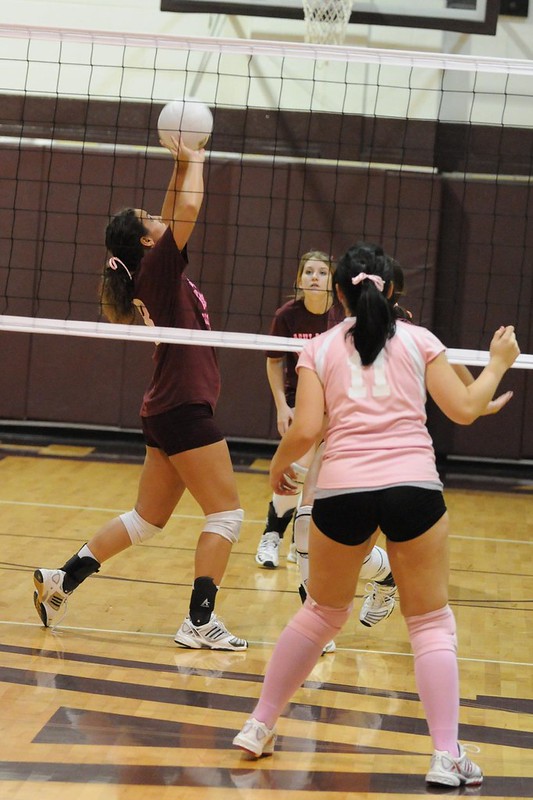
The setter's responsibilities extend far beyond just putting up the ball.
Here's a detailed breakdown of what makes this position so crucial to a team's success:
1. Offensive Leadership
- Calling and running offensive plays
- Reading and exploiting defensive weaknesses
- Making split-second decisions about which hitter to set
- Controlling the tempo and rhythm of the game
2. Ball Distribution
• Delivering consistent, accurate sets to all hitting positions
• Managing the offensive strategy based on pass quality
• Creating one-on-one opportunities for hitters
• Disguising set intentions to deceive blockers
3. Court Management
• Evaluating pass quality and adjusting position accordingly
• Understanding each hitter's preferences and capabilities
• Monitoring opposing blockers and defensive formations
• Maintaining offensive flow even during challenging situations
4. Team Communication
• Establishing clear signals with hitters
• Providing constant feedback during rallies
• Coordinating with the libero on serve receive
• Leading the team's offensive huddles
5. Defensive Responsibilities
• Blocking when in the front row
• Covering hitters during attacks
• Defending tips and short shots
• Participating in serve receive when necessary
Real-Game Example:
During a typical rally, a setter must:
1. Read the serve and position for the pass
2. Quickly evaluate passing quality
3. Scan the opposing blockers
4. Consider which hitter is "hot"
5. Make a setting decision
6. Execute the technical skills perfectly
All of these decisions happen in just a few seconds, highlighting why the setter is often considered the most mentally demanding position in volleyball.
The Height Question: Do You Need to Be Tall to Be a Setter?
This is one of the most common questions I see online, and as someone who's coached setters of all heights, I can definitively say...
Essential Questions About the Volleyball Setter Position
As a coach who's developed setters from beginners to college-level players, I can tell you that every great setter starts with these fundamental skills:
1. Technical Foundation
• Proper hand positioning (triangle formation)
• Balanced footwork
• Body control
• Ball contact point
Watch how my Collegiate Breakfast Club setters still practice these basics daily - even at advanced levels.
The most common volleyball offense strategies set to the left side: The "Hut" - a medium high/medium speed rainbow shaped set that fails inside the left antenna after peaking 5-6 feet above the net. Or The "Go" - a fast speed/low set with little-to-no-arc that falls inside the left antenna after peaking 3-5 feet above the net. Watch my Collegiate Breakfast Club players in our hitting lines working on reps.
Q: Where does the setter position themselves during serve receive?
A: In serve receive, the setter position is typically:
• Front row: Position 2 (right front)
• Back row: Position 1 (right back)
The key is to start in a spot where you can quickly move to your target area near the net after the pass.
Technical Aspects of the Volleyball Setter Position
Q: What's the ideal body position for a setter?
A: During my private training sessions, I teach setters to:
• Keep shoulders square to zone 4
• Maintain athletic stance with knees slightly bent
• Position hands above forehead
• Stay balanced and "tall" through the core
Watch how my middle school setter Izzy maintains perfect body position even when setting from different locations on the court.
Q: How far from the net should the setter position be?
A: In my Breakfast Club for College Players, we practice positioning:
• Approximately 3-4 feet off the net
• Close enough to see blockers
• Far enough to handle tight passes
• Adjustable based on pass quality
Remember: Your distance from the net directly affects your options and ability to run an effective offense.
Game Strategy Questions
Q: How does a setter position themselves to read the defense?
A: During our collegiate training sessions, I teach setters to:
• Scan blockers before each play
• Position body to see both pin hitters
• Maintain peripheral vision of middle blockers
• Stay connected with passers
Watch how my client Kate Prior and her setter, Adlai, work together during position-specific drills to maintain optimal court awareness.
Training and Development Questions
Q: What daily drills should I do for the volleyball setter position?
A: Based on my experience training collegiate setters, here's my recommended daily routine:
- • 15-20 minutes wall sets (focusing on consistent hand position)
- • Footwork patterns along the net
- • Setting to specific targets
Watch my Collegiate Breakfast Club players working these fundamentals even at advanced levels - the basics never go out of style.
Q: How can I improve my court awareness from the setter position?
A: During my private training sessions, we focus on:
• Starting with simple scanning drills
• Gradually increasing decision-making speed
• Using game-like scenarios
• Practicing with live blockers
How to Practice Setting Alone
During my private training sessions, I teach these proven solo practice techniques:
• Wall sets (specific target work)
• Footwork patterns
• Self-toss single hand drills
• Position-specific movements
Pro Tip: Even my collegiate setters and liberos use these solo drills to maintain consistency. Watch how Kenny incorporates these fundamentals during one of our training sessions.
What Is A Volleyball Setter?
Common Challenges at the Setter Position
Q: How do you handle poor passes while maintaining good position?
A: Here's what I teach my club and collegiate setters:
- Stay calm - rushed movement leads to poor decisions
- Use efficient footwork to get to the ball
- Maintain body control even when off-balance
- Keep shoulders square to target whenever possible
Watch as I work with three of my young clients practicing setting from different positions to prep for out-of-system plays.
The Volleyball Setter Position
Advanced Position Training
Q: How do you train setters to maintain consistent body positioning during fast-paced plays?
A: In my College Breakfast Club practices, we focus on:
• Quick transition drills
• Position-specific conditioning
• Decision-making under pressure
• Reading and reacting scenarios
What Is A Volleyball Setter?
Position-Specific Communication
The setter holds up four fingers to the left side hitter, then one forefinger to her middle hitter then all five fingers they'll hold up to her right side hitter to call the 4-1-5 offensive volleyball play.
Q: What are the key hand signals every setter position needs to know?
A: In my training sessions, we practice these essential signals:
- • Quick set ("1" ball) - one finger
- • "31" set - three fingers or a three finger wave
- • "Shoot" or "Go" set - specific hand motion
- • Back "1" - hang loose signal
Hands Signals For Setters in Volleyball
Physical Development for the Setter Position
Position-Specific Game Management
Q: How do you teach setters to manage different game situations?
A: In my collegiate training programs, we practice:
• Running different offensive tempos
• Managing out-of-system plays
• Adapting to different passing qualities
• Making split-second decisions
Watch how my college players work on faster tempo sets from different areas on the court - notice how they work on different tempos and situations to prepare for in-system and out-of-system game scenarios.
Mental Aspects of the Setter Position
Q: How do you develop leadership skills from the setter position?
A: Through my years of coaching, I've found these strategies most effective:
• Building confidence through repetition
• Practicing communication during drills
• Creating pressure situations in practice
• Developing quick decision-making skills
Advanced Position-Specific Strategies
Q: How do you teach setters to disguise their position and intentions?
A: During my private training sessions, we work on:
• Maintaining neutral body position
• Using peripheral vision to track blockers
• Varying tempo without telegraphing
• Practicing deceptive movements
Watch how my collegiate setters practice these techniques during our morning training sessions.
The most common volleyball offense strategies set to the left side: The "Hut" - a medium high/medium speed rainbow shaped set that fails inside the left antenna after peaking 5-6 feet above the net. Or The "Go" - a fast speed/low set with little-to-no-arc that falls inside the left antenna after peaking 3-5 feet above the net. Watch my Collegiate Breakfast Club players in our hitting lines working on reps.
Position Transitions and Movement
Q: What's the most effective way to transition from defense to your setting position?
A: In my Breakfast Club sessions, we emphasize:
• Quick transition footwork taking big quick steps
• Efficient path to target area
• Reading ball trajectory while moving
• Maintaining proper body alignment throughout movement
Real Game Application
During recent training with my club players, we focused on:
• Moving from defensive position to setting position
• Adjusting to different pass locations
• Maintaining consistent technique while in motion
• Communication during transition plays
Watch as my collegiate setters demonstrate these transitions during our game-like drills - notice how they maintain awareness while moving to position.
Breakfast Club for College Players Liam sets BYU opposite hitter Kate Prior for a kill
Final Thoughts:
Developing Your Volleyball Setter Position Skills
After years of coaching setters at all levels, I can tell you that excellence in the setter position comes from combining technical skills, tactical awareness, and leadership abilities.
Whether you're just starting or playing at an advanced level, focus on mastering these position-specific fundamentals before moving to more complex strategies.
Key Position Takeaways For The Setter Position
- Perfect your basic setting technique through consistent practice
- Develop strong court awareness and positioning skills
- Master communication from the setter position
- Build your decision-making abilities under pressure
- Keep working on position-specific footwork and movement
Your Next Steps
- Start with the position-specific training routine outlined above
- Record yourself during practice to analyze your form and positioning
- Work on communication with your hitters from various court positions
- Practice reading game situations from the setter position
- Track your progress in each aspect of the position
Remember This!
Success in the setter position doesn't always come from being the tallest or most athletic player - it comes from mastering positioning, understanding the game, and developing strong leadership skills.
Your growth in this position will come from dedicated practice and a willingness to learn.
Need More Position-Specific Training?
Check out my other volleyball guides and my answers to your Frequently Asked Questions covering:
• Advanced setter position techniques
• Position-specific drills and exercises
• Setting strategies and game management
• Mental preparation for setters
From Lady Vol to Legend: Coach April Produces Powerful Passionate Players...is that you?
What Are You Looking For?
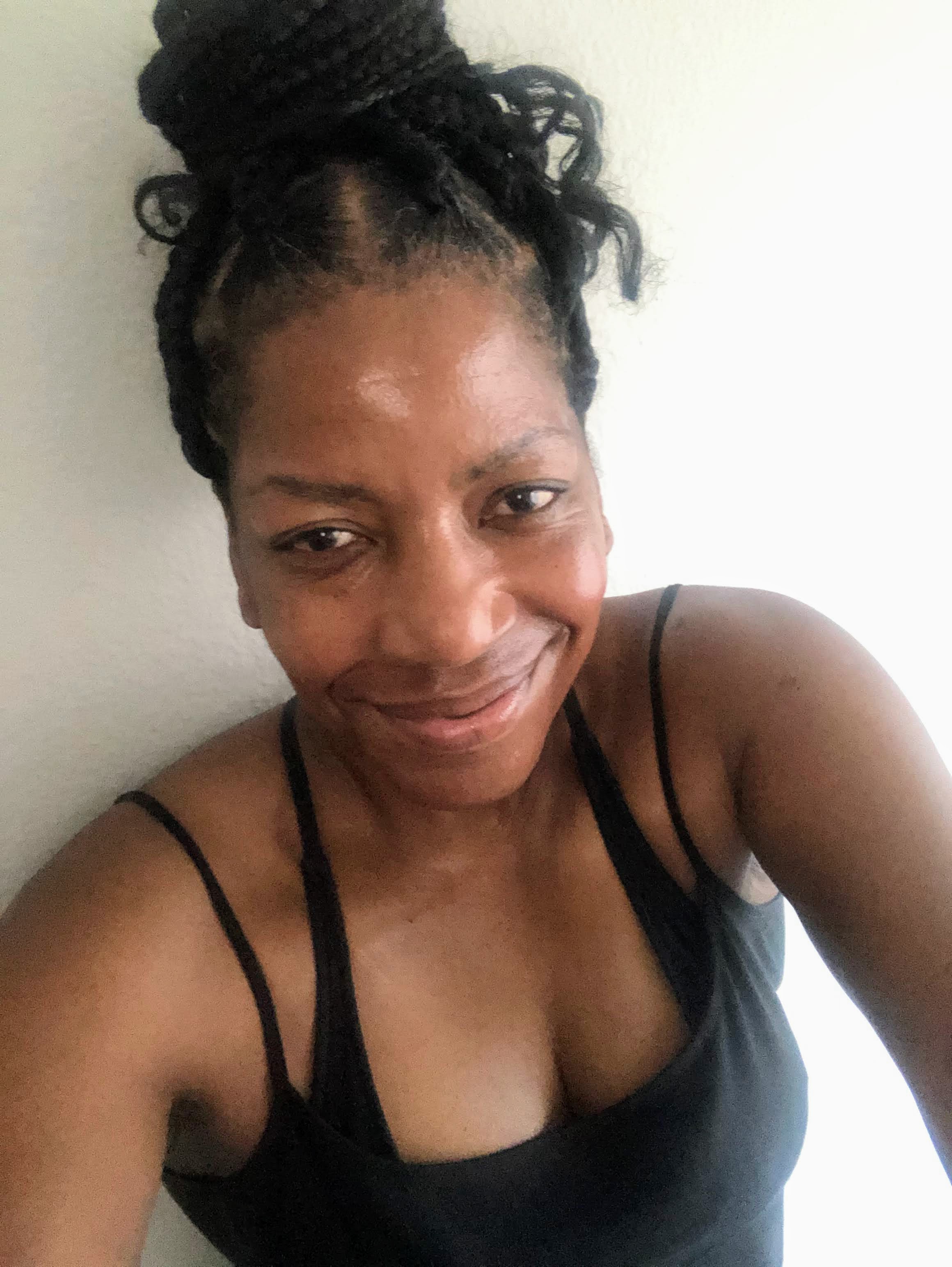
Hi there!
Thanks for stopping by. Hope you learned something today that will help you reach your volleyball goals.
Be sure to subscribe to my email newsletter so you can learn more each week!
Stay strong! Stay motivated!
-Coach April

SUSCRIBE
to my email newsletter below!
Vegas Volleyball's Unsung Heroes: Celebrating Moms with Peace Love Volleyball Shirts
Ready to energize your volleyball mom journey?
Subscribe to my 'Producing Powerful Passionate Peaceful Players' email list above on ImproveYourVolley.com.
You'll receive energy-boosting tips, exclusive insights from me, Coach April Chapple on maintaining momentum in volleyball.
Let's power up the Vegas volleyball scene together!
Recent Articles
-
Coach April's Peace Love Volleyball Phrases For T-Shirts Honor Moms
Apr 13, 25 03:49 PM
Whether on the court or in everyday life, April Chapple's volleyball phrases for t-shirts are serving inspiration for players and moms, one message at a time. -
What Is A Setter In Volleyball? My Setting Guide With Answers To FAQs
Apr 13, 25 12:36 AM
Learn what a volleyball setter is from a champion coach. Get expert insights, training tips, and proven strategies for volleyball's most strategic position. -
Setter Position in Volleyball: My Expert Guide & Setting Training Tips
Apr 12, 25 04:11 AM
Learn the setter position in volleyball from an expert coach. Master essential techniques, court positioning, and winning strategies to become a great setter.
